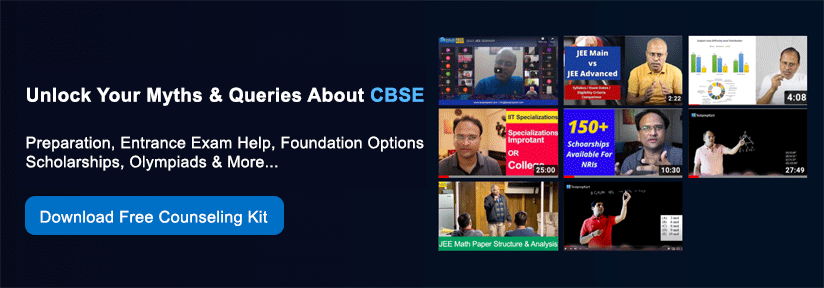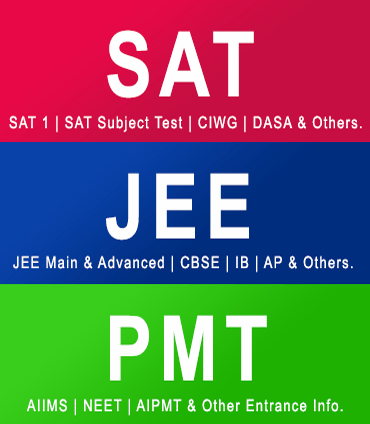Download CBSE 11th revision notes
One of the largest educational boards in India is CBSE, and the CBSE Class 11 syllabus is based on NCERT. The best study guide for students to use stress-free is NCERT Notes Class 11. All of the important disciplines, including math, physics, chemistry, biology, and business studies, are covered in these notes. If not, pupils typically find it challenging to learn. The information in Download CBSE 11th Revision Note is organized chapter-by-chapter for each topic, making it simple to comprehend and crucial for achieving high marks in the CBSE test. The true advantage is being able to download them for free in PDF format.
Overview of Class 11 All Subject Notes
For the kids in Class 11, every topic is crucial as they have to finish their curriculum in order to pass the tests. In Class 11, mathematics, biology, physics, chemistry, business studies, economics, accounting, and much more are among the core disciplines that students must concentrate on. Students will only be able to perform well on exams if they finish every topic on the curriculum. It is crucial that they get the CBSE Class 11 revision notes because of this. Because they offer in-depth information about the topics and the included chapters, these notes make excellent study tools. Revision notes can help students navigate the extensive material and do well in their exams.
The Class 11 Notes give pupils a deeper understanding of the topics covered in their curriculum. These revision notes are written in an easy-to-read and comprehended style by Testprepkart subject matter specialists. Students may readily comprehend the chapters and the topics in depth using notes that are clear and succinct. In the revision notes, every subject covered in the most recent CBSE curriculum is covered. As a result, pupils will be able to deduce the likely format of the CBSE 11th Revision Note.
Download CBSE 11th Revision Note
CBSE Class 11th Maths Topic Wise Revision Notes
CBSE Class 11th Physics Topic Wise Revision Notes
CBSE Class 11th Chemistry Topic Wise Revision Notes
CBSE Class 11th Biology Topic Wise Revision Notes
NCERT Notes Class 11 Key Features
1. The language is easy to read and comprehend.
2. Class 11 notes are succinct and easy to understand.
3. The subjects taught align with the most recent CBSE curriculum and norms.
4. A minimum amount of time is needed for studying.
5. studying at your own speed without stress.
Benefits of Downloading CBSE 11th Revision Note
Revision notes have been prepared by Testprepkart professionals to help students with their Class 11 curriculum. From the notes, students may learn a great deal about the CBSE prerequisites and test patterns. Here are a few of the key advantages of obtaining these notes.
1.The ability for pupils to become very interested in the subject matter covered in the Class 11 revision notes is one of its greatest features. The material in the revision notes is simple for students to read and remember, which will improve their understanding of and enthusiasm for a given topic or chapter.
2.Because the notes have been prepared by some of Testprepkart's knowledgeable professionals, students may firmly rely on them. The primary benefit is that their authenticity and correctness have been confirmed. Since the notes fully comply with CBSE requirements, students can use them to study for their examinations.
3. It might be difficult for students to read through the whole textbook for a particular topic during an exam. Thus, students may fulfill their aim of finishing their syllabus on time by using these revision notes. They will have plenty of time to thoroughly rewrite the topics thanks to this.
4.Students with questions about any chapter or topic may also get their questions answered with the aid of Testprepkart's Class 11 revision notes. These notes are 100% authentic and will assist students in correcting their mistakes and enhancing their test preparation.
Downlaodable Resources
| 1. CBSE Class 11th Topic Wise Summary | View Page / Download |
| 2. CBSE Class 11th NCERT Books | View Page / Download |
| 3. CBSE Class 11th NCERT Solutions | View Page / Download |
| 4. CBSE Class 11th Exemplar | View Page / Download |
| 5. CBSE Class 11th Sample Papers | View Page / Download |
| 6. CBSE Class 11th Question Bank | View Page / Download |
| 7. CBSE Class 11th Topic Wise Revision Notes | View Page / Download |
| 8. CBSE Class 11th Last Minutes Preparation Resources | View Page / Download |
| 9. CBSE Class 11th Best Reference Books | View Page / Download |
| 10. CBSE Class 11th Formula Booklet | View Page / Download |
FAQs
Que1. Can Studying CBSE Notes Class 11 help me Score Good Marks?
Ans. Yes, without a doubt! With their succinct presentation and foundation in the most recent CBSE curriculum, these revision notes will make the material easier for you to comprehend. These notes will also assist you in developing a structured memory of the topics, which is crucial for tests. The examiner assigns high marks to replies that fully understand the concept in addition to reviewing the papers. Therefore, using these CBSE Class 11 Revision Notes as a study guide would help you achieve good grades.
Que2. Why are Class 11 Revision Notes Important?
And.The Class 11 study materials are developed in accordance with the 2024–2025 academic year and are currently with the most recent CBSE syllabus. These notes have been developed by highly skilled educators through an analysis of the CBSE test pattern and NCERT course content. All of the NCERT subjects are covered in detail in the straightforward, succinct Class 11 CBSE notes. This will facilitate the pupils' speedy last-minute review of all subjects and chapters.
Que3. Is the 11th class difficult?
Ans. Since class 11 provides the foundation for class 12 and there is a lot of pressure on pupils to do well, it is difficult to state in general. But with a little diligence and planning, you may still do well in class 11. Exam preparation for class 11 may be achieved with the help of NCERT answers. Important questions, assignments, revision notes, multiple-choice questions, and subjects that come up often in the question papers are all included in NCERT answers. This volume of study material can help you get high grades.
Que4. How can I score 95% in class 11?
Ans. It is helpful to have a goal and the motivation to attain it in class 11. Although it might be challenging, scoring higher than 95% is not impossible. NCERT answers are carefully chosen to help students better understand the chapter's core ideas. Gaining a deeper understanding facilitates rapid and effective learning. Additionally, you should practice a wide variety of questions because it will increase your exam confidence. With self-assurance and a comprehension of the chapters, you'll be able to achieve the desired outcome.
Que5. Is revision necessary before exams in class 11?
Ans. The most crucial aspect of studying is remembering what you have studied. Your ability to retain information is enhanced by revision. Consequently, in order to ensure that you retain the material you have learned, you should quickly review before your class 11 tests. You may use Testprepkart's NCERT revision notes for class 11 to help you study effectively. Professional teachers have carefully selected these notes, following CBSE guidelines.



